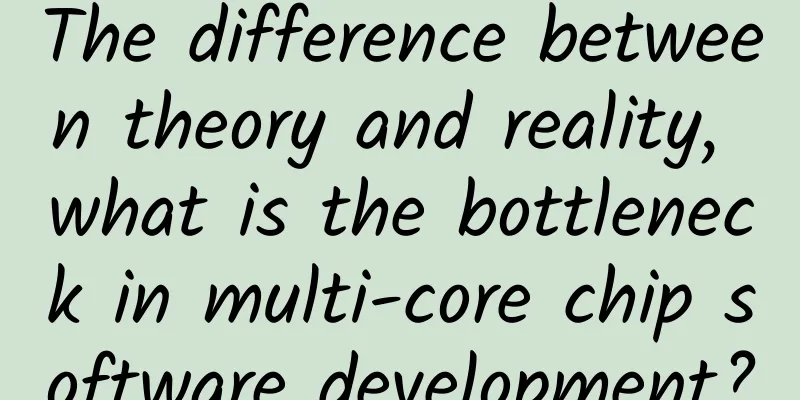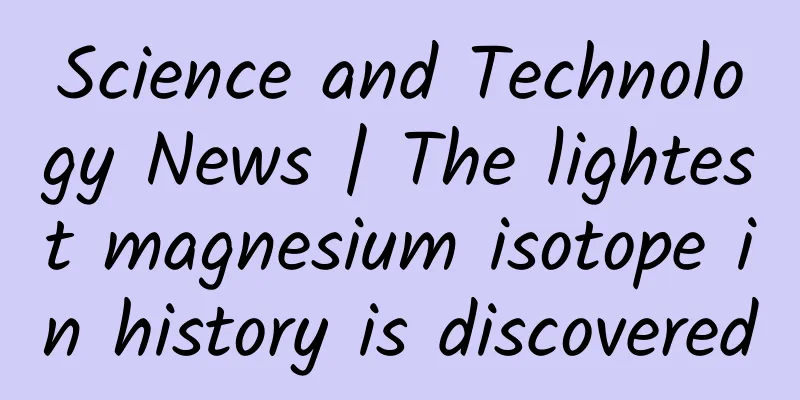13 billion years old! What secrets can a new type of star reveal to us?

|
Gold in our galaxy may be linked to the explosions of magnetically gyropolar supernovae. Scientists have discovered a new type of stellar explosion that could reveal secrets about the origins of elements in our 13-billion-year-old Milky Way. Image credit: NASA/Common Resources Note: This article was originally published on The Conversation, and is part of the Expert Speaks section of Space.com. David Young is a researcher at the Australian National University's School of Astronomy and Astrophysics, and Gary da Costa is an honorary professor of astronomy at the Australian National University. Until recently, scientists believed that heavy elements (heavier than zinc) could only be created by neutron star mergers, a process that occurs when the remnants of two massive stars in a binary system are coupled together. But we know that heavy elements were produced soon after the Big Bang, when the universe was still very young and before neutron star mergers even occurred. So we need to find another reason to explain the early formation of heavy elements in the Milky Way. An ancient star named SMSS J2003-1142, discovered in the Milky Way's halo (a spherical region surrounding the Milky Way), provides the first possible alternative pathway for the formation of heavy elements, including uranium and even gold. Around our Milky Way, there is a halo made of hot gas, which is formed by the material ejected by the stars that are constantly born and die in the Milky Way. The stars in the halo only account for 1% of all the stars in the Milky Way. (Picture from NASA's Jet Propulsion Laboratory) We recently published a research result in the journal Nature, in which we pointed out that the heavy elements in SMSS J2003-1142 were most likely not produced by the merger of neutron stars, but were formed during the collapse and explosion of a rapidly rotating star with a strong magnetic field and a mass of 25 times that of the Sun. We call this explosion process a magnetic rotation supernova explosion. The explosion energy of a hypernova is more than 10 times higher than that of a supernova. Background explanation: Scientists have confirmed that the neutron star merger process is one of the sources of heavy elements. This is a violent merger process of two neutron stars in a binary star system. We call it a "kilonova", and heavy elements can be formed in this process. A binary star system is a system of two stars orbiting a common center of mass, and a neutron star merger is a process that occurs when two neutron stars collide in a binary star system, which can produce heavy elements (Image from NASA) But models of the chemical evolution of our galaxy do not suggest that a single process, neutron star mergers, is sufficient to produce the element distribution patterns we see in multiple ancient stars, including SMSS J2003-1142. SMSS J2003-1142 star - a relic of the early universe: The star SMSS J2003-1142 was observed in Australia in 2016 and then again in September 2019 at the Southern Observatory in Chile. Based on these observations, we studied the chemical composition of the star, and our analysis revealed that its iron content is 3,000 times lower than that of the Sun, which means that it is still in its nascent state from a chemical point of view. The distribution of elements in this star makes it look like it came from a parent star shortly after the Big Bang. We found that it most likely came from a rapidly rotating, collapsing star: The chemical composition of SMSS J2003-1142 can reveal the characteristics of its parent star. It is unusual in that it has extremely high levels of nitrogen, zinc and heavy elements such as europium and uranium. Europium and uranium The high nitrogen content suggests that its parent star was spinning very fast, the high zinc content suggests that the previous explosion was 10 times more energetic than a typical supernova - so it is a hypernova, and the high uranium content suggests that its formation required the presence of a large number of neutrons. All the heavy element concentrations we observe in this star indicate that it came from an earlier cyclotron supernova explosion. Our study presents the first evidence that gyropolar supernovae are an alternative source of heavy elements in the Milky Way. Why is the neutron star merger process not sufficient to explain the observations? But how do we know that the heavy elements in SMSS J2003-1142 were not produced only by neutron star mergers? Here are the reasons: We assume that a single parent star formed all the elements of this star. This is because it would take a very long time for the elements to form through the merger of two neutron stars. However, there is not enough time to produce these elements in the early stages of galaxy formation. Moreover, neutron star mergers only form heavy elements, so additional supernova explosion processes are needed to explain elements such as calcium observed in the SMSS J2003-1142 star. Otherwise, the entire process will become very complicated and unlikely to explain the current observations. The gyropolar supernova model not only provides a better fit to the data, it can also explain the composition of this star using a single explosion event. This new theory, combined with the theory of neutron star mergers, should be able to explain the source of heavy elements in the Milky Way. BY: David Yong, Gary Da Costa FY: TelescopeX If there is any infringement of related content, please contact the author to delete it after the work is published. Please obtain authorization for reprinting, and pay attention to maintaining integrity and indicating the source |
>>: I'm not angry, if I get breast hyperplasia...
Recommend
Analysis of the account opening process of Douyin Feed
1. What is Feed Flow 1. What is a feed? Feed stre...
One article explains Kuaishou e-commerce live streaming in detail!
A few days ago, I posted an article and a classma...
What kind of cat is this! I can't see or pet it, but I have to clean up its poop every day
I study desert cats, so every holiday I am always...
How to buy traffic and acquire users on Douyin at low cost?
Tik Tok is still in its wild growth period, with ...
Four-dimensional model for promoting brand hot products!
Chinese companies are facing an inflection point ...
What is the situation with mobile phone production capacity?
Looking at all the so-called domestic products in ...
12 tips | Key points you need to know about creating advertising slogans
I won’t accept any gifts this year, and if I do, ...
Android: An efficient UI is a cool UI (Part 2)
In the previous blog, I introduced two methods to...
4 dimensions, detailed explanation of refined operations!
The mobile Internet attaches more importance to t...
The so-called capital winter is nothing but the collapse of wishful thinking
Last year, we mentioned that winter is coming. Th...
The third issue of Wanquan Baidu screen dominance fast ranking, quickly obtain ranking traffic
SEO fast ranking technology Wanquan: Baidu SEO fa...
What is the process for opening a Toutiao advertising account? What do you need to provide?
I plan to place an ad on Toutiao, but I don’t kno...
Are raw eggs more nutritious? Can eggs be eaten if the yolk turns green when boiled? Rumors about eggs are cleared up!
gossip Eggs are the best choice for protein suppl...
Three questions about users: Who are the users? Where do users come from? What does the user want to do?
There are three ultimate questions in philosophy:...









